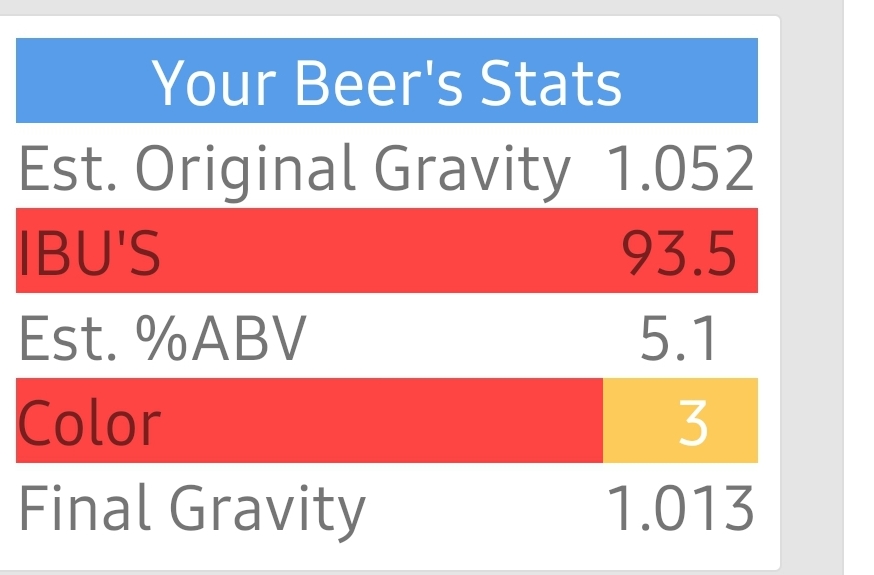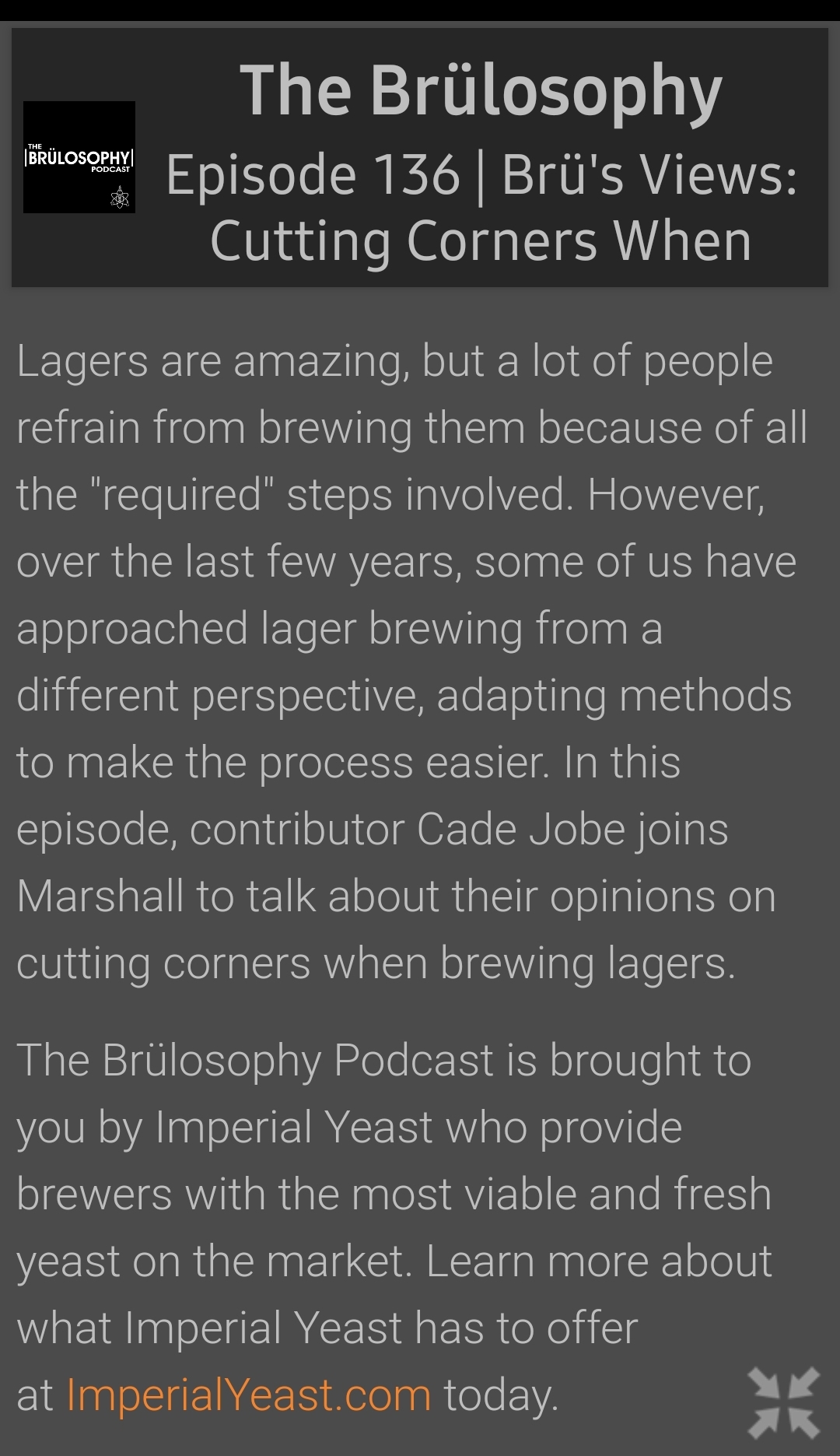Big rant-style thing coming:
I get that competitions are about matching styles, if possible; otherwise, they'd be little more than "do you like this" evaluations.
I lost interest in a focus on matching styles as my goal as a home brewer when I saw inconsistency in results of such contests.
One local "beer guru" can't seemingly evaluate a beer without first knowing the "style" and comparing it to that. I've asked him a few times to give me feedback on a beer I brewed, and that feedback is all in relation to how close he thinks it came to the style. Never about whether it's good. He brews too, but I can't figure out if he's lost the desire to brew good-tasting beer, or just beer that can be shown to match a style. I stopped asking him because he uses a criterion for evaluation I think is largely irrelevant.
I realized that what mattered is how good the beer is, whether *I* like it or not. I generally can't tell you how many IBUs it has, and
I don't care. What I care about is whether I like it or, if brewing something for others, whether they like it.
*********
And yeah, my beer is good. Good enough that friends want to pay me commercial prices for it. Good enough that a local bar owner wants to sell it. Good enough that those drinking it usually have another--which is my gold standard for assessing if a beer is good.
I have a buddy who's a super-taster and I use him to help me search for off-flavors, anything that's wrong in a beer. He gets beer and the only condition is he's brutally honest about it. And a few times, he has been.
Gave him a growler of my K-squared kolsch. HIs reaction? "Yum." His wife told him now she has a new favorite beer. I filled a few more mini-growlers for him yesterday because....well, in lockdown, I'm just not moving beer as much and I want it gone before it goes bad (brewed 2.5 months ago). He's dropped off some venison "beef" sticks for me and he'll undoubtedly get me some other stuff.
Is it really a Kolsch? A native-born German friend who knows Kolsches has had it, and thought it great, except it's not really a Kolsch, because it has too much flavor to be a Kolsch. It's Kolsch-y. It's made with Kolsch yeast, but would it win a competition where it has to match a style? Probably no. Too much flavor.
But it wins the palate competition.
********
I just kegged a lager on Friday, 2 weeks after brewing. It's a kind of Mexican lager, crisp finish, pilsner sort of kind of thing. Damned if I know what style it matches. It has 6# Maris Otter, 4# 2-Row, couple pounds of Pils malt, a half pound of flaked corn, a pound of Munich. 2 ounces of Hallertau hops, first-wort hopped. WLP 940. I used LODO techniques so it has what I'd consider enhanced flavor.
All I know is my wife likes it, and requested I brew it. She likes the Kolsch. She likes this one better--it's her favorite.
But what style is it? I don't know. It's a sort of Mexican lager kind of more flavorful thingy that I step mashed up to 149 degrees because I wanted it to be a little crisper.
Would it win a competition? I don't know and I don't care. Super-palate guy likes it. My wife likes it. I like it. All I can tell you about IBUs is they're relatively low.
But that beer is tasty, and knowing the IBUs won't change that at all.
********
To
@dnr : I know that new brewers tend to focus on things like this because they're measurable and early on, hard to be completely objective about what you produce. But if I were you, I'd move away from being a slave to style, if you are at all, and focus on brewing beer you want to drink. If you can do that, the rest of this will take care of itself. And being able to label a beer as an IPA or an APA won't change how it tastes one iota.
My 2 cents, YMMV, void in states where it's void, and likely known to the state of California as an opinion not approved by their government.





















































![Craft A Brew - Safale S-04 Dry Yeast - Fermentis - English Ale Dry Yeast - For English and American Ales and Hard Apple Ciders - Ingredients for Home Brewing - Beer Making Supplies - [1 Pack]](https://m.media-amazon.com/images/I/41fVGNh6JfL._SL500_.jpg)








